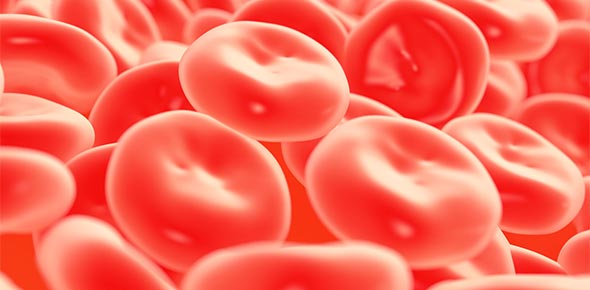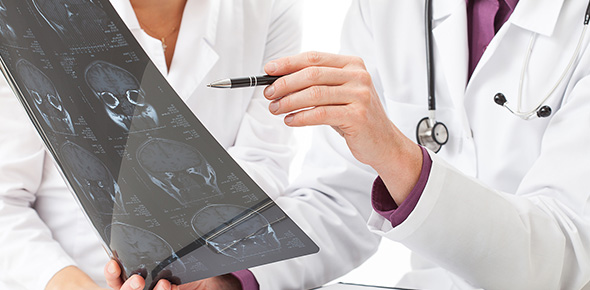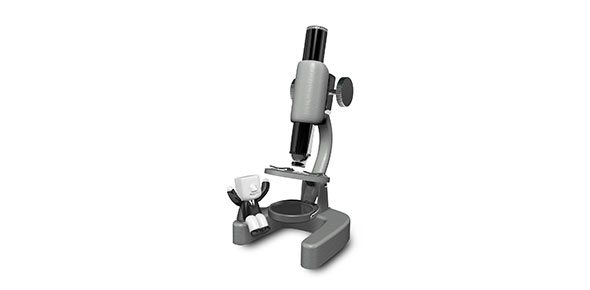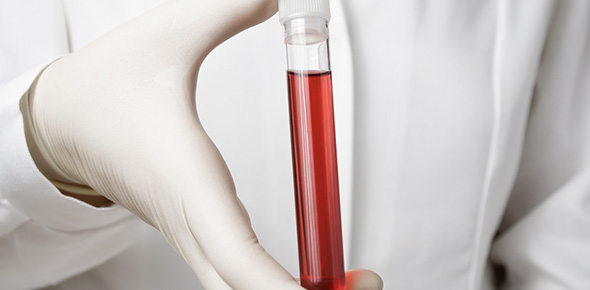Related Flashcards
Related Topics
Cards In This Set
| Front | Back |
|
3. Which of the following layers of the artery is a smooth muscle layer?
a. tunica intima
b. tunica media
c. tunica adventitia
d. endothelium
|
B. tunica media
|
|
6. The cardiac electrical impulse normally begins spontaneously in the SA node because of which of the following?
a. its superior location in the right atrium
b. it is the only location of spontaneous depolarization in the heart
c. it has an abundant nerve supply from sympathetic innervation via the vagus nerve
d. it depolarizes more rapidly than other automatic cells of the heart
|
D. it depolarizes more rapidly than other automatic cells of the heart
|
|
7. Which of the following has the highest total sum of cross-sectional area in the circulatory system of the human body?
a. aorta
b. vein
c. vena cava
d. capillaries
|
D. capillaries
|
|
8. Which of the following statements about the pericardium is false?
a. it is composed of connective tissue and a layer of squamous cells
b. it is a double-walled membranous sac that encloses the heart
c. it protects the heart against infection and inflammation from the lungs and pleural space
d. it contains pain and mechanoreceptors that can elicit reflex changes in blood pressure and heart rate
|
A. it is composed of connective tissue and a layer of squamous cells
|
|
10. Which of the following refers to S1 heart sound?
a. closures of mitral and tricuspid valves
b. closures of aortic and pulmonaric valves
c. closures of mitral and aortic valves
d. closures of tricuspid and pulmonaric valves
|
A. closures of mitral and tricuspid valves
|
|
11. Which of the following refers to S2 heart sound?
a. closures of mitral and tricuspid valves
b. closures of aortic and pulmonaric valves
c. closures of mitral and aortic valves
d. closures of tricuspid and pulmonaric valves
|
B. closures of aortic and pulmonaric valves
|
|
12. Occlusion of the left anterior descending artery during a myocardial infarction would interrupt blood supply to which part of the heart?
a. to the left atrium and the lateral wall of the left ventricle
b. to the upper right ventricle and the apex of the heart
c. to the posterior interventricular septum
d. to portions of the left and right ventricles and most of the interventricular septum
|
D. to portions of the left and right ventricles and most of the interventricular septum
|
|
13. Depolarization of a cardiac muscle cell occurs as the result of a
a. rapid movement of sodium into the cell
b. rapid movement of calcium into the cell
c. slow movement of sodium out of the cell
d. slow movement of calcium out of the cell
|
A. rapid movement of sodium into the cell
|
|
14. Which of the following represents PR interval in the normal electrocardiogram?
a. atrial depolarization
b. ventricular depolarization
c. electrical systole of the ventricles
d. atrial activation to onset of ventricular activity
|
D. atrial activation to onset of ventricular activity
|
|
18. As stated by the Frank-Starling law, there is a direct relationship between the _____ of the blood in the heart at the end of diastole and the _____ of contraction during the next systole.
a. pressure, force
b. viscosity, force
c. viscosity, strength
d. volume, strength
|
D. volume, strength
|
|
19. Pressure in the left ventricle must exceed pressure in the _____ before the left ventricle can eject blood.
a. superior vena cava
b. inferior vena cava
c. pulmonary veins
d. aorta
|
D. aorta
|
|
20. Which of the following disorders results from continuous increases in left ventricular filing pressures?
a. mitral stenosis
b. mitral regurgitation
c. pulmonary edema
d. aortic regurgitation
|
C. pulmonary edema
|
|
23. Which of the following reflexively controls total cardiac output and total peripheral resistance?
a. autonomic control of the heart only
b. somatic control of the heart, veins, and arterioles
c. parasympathetic stimulation of heart, veins, and arterioles
d. sympathetic stimulation of heart, arterioles, and veins
|
D. sympathetic stimulation of heart, arterioles, and veins
|
|
24. The right lymphatic duct drains into which of the following structures?
a. right atrium
b. superior vena cava
c. inferior vena cava
d. right subclavian vein
|
D. right subclavian vein
|
|
27. When fluid collects gradually in a pericardial effusion, the pericardium will ________.
a. stretch to accommodate large quantities of fluid without compressing the heart
b. rupture
c. compress the heart
d. it is a normal physiologic change
|
A. stretch to accommodate large quantities of fluid without compressing the heart
|








